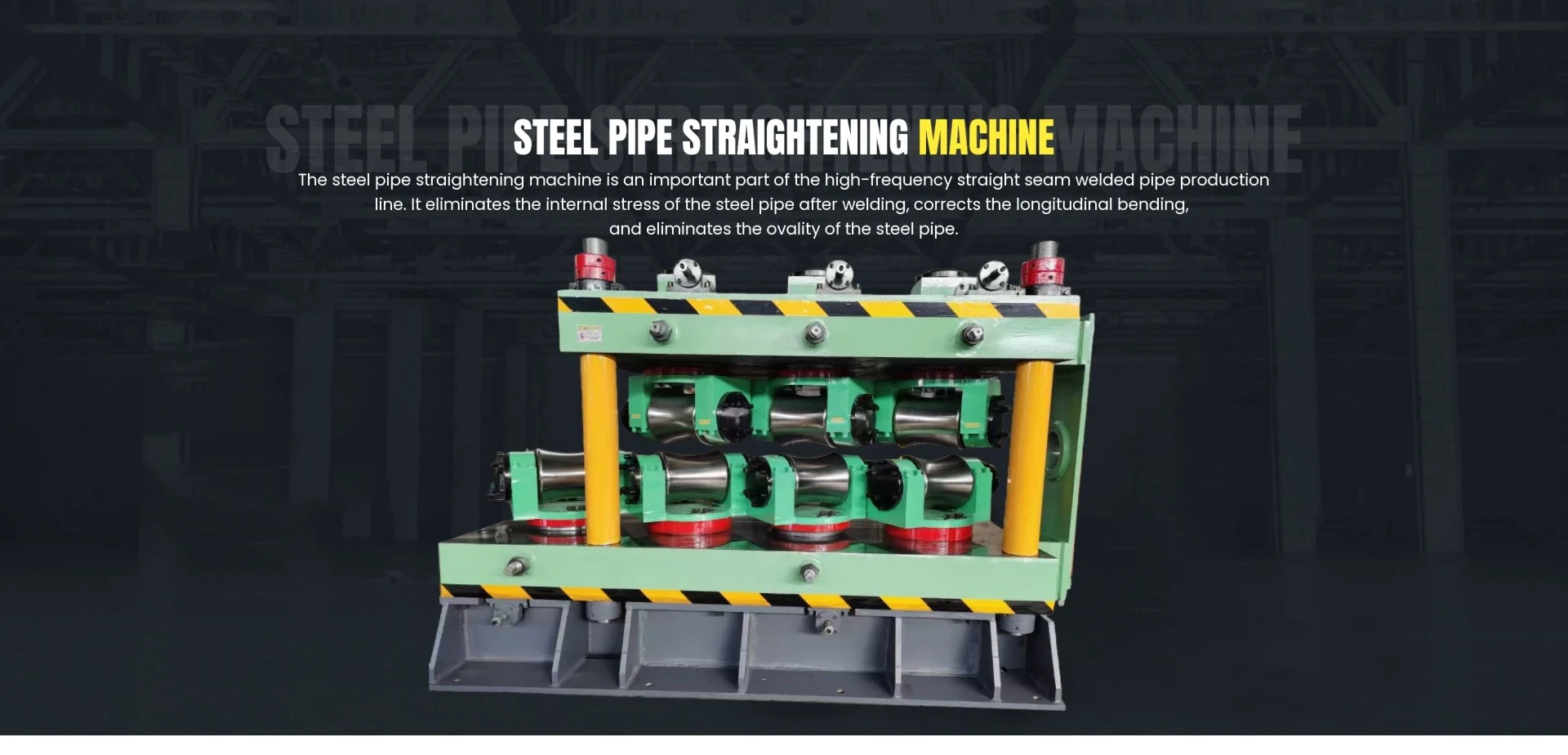Exploring the Concepts and Applications of Machine Shear Technology in Modern Manufacturing
Understanding Machine Shear Principles and Applications
Machine shear, often referred to as mechanical shear, is a fundamental process in manufacturing and materials processing that allows for the efficient cutting and shaping of various materials. This technique is widely utilized in industries ranging from metal fabrication to plastics production. To comprehend machine shear, it is essential to explore its principles, mechanisms, types, and applications.
Principles of Shearing
At its core, shearing involves the application of a giant force to material, typically using a sharp-edged tool (the shear blade), which causes the material to deform and ultimately separate along a predetermined line. The key principle behind machine shear is that when two forces are applied in opposite directions to a material, the generated shear stress surpasses the material’s yield strength, leading to fracture.
The amount of force required for shearing depends on several factors, including the material type, thickness, and the sharpness of the tool. Materials with higher tensile strength necessitate greater forces, while more ductile materials may behave differently under shear stress, exhibiting more deformation before failure.
Mechanisms of Machine Shear
Machine shear can be implemented through various mechanisms, with the two most common being shearing machines and laser cutting
.1. Shearing Machines These machines include guillotine cutters, hydraulic shears, and mechanical presses. In a typical shearing operation, the material is fed into the machine and positioned against a backstop. As the cutting blade descends, it applies a straight-line force across the material, leading to its severance. This form of shear is most commonly employed for metals, where precision and efficiency are crucial.
2. Laser Cutting An advanced method of shearing involves the use of lasers to cut materials. In this process, a focused laser beam heats the material to its melting point, allowing the cut to be made with high precision. Laser cutting is especially advantageous for intricate designs and materials that are difficult to shear with traditional methods.
Types of Shearing Operations
Shearing operations can be classified based on their application
- Blanking This process involves cutting out a shape from a larger sheet of material. The resulting piece, known as a blank, is typically used in subsequent manufacturing processes.
machine shear

- Punching Similar to blanking, punching creates holes or other shapes in the material. The material removed during the punching process is referred to as scrap.
- Trimming This operation involves cutting the edges of a material to achieve specific dimensions, often enhancing the aesthetic appeal or functional attributes of the final product.
- Shear Forming A process where a combination of shearing and forming processes is used to shape the material without excessive waste.
Applications of Machine Shear
The applications of machine shear are vast and varied, each serving an essential function in different industries
- Metal Fabrication From automotive manufacturing to aerospace sectors, shearing is crucial for fabricating parts such as chassis, frames, and components.
- Construction In the construction industry, sheared materials (like metal sheets and rebar) are standard for structural support and equipment.
- Plastic and Composite Processing Machine shear is employed to cut and shape various plastic components used in consumer goods, packaging, and industrial products.
- Textile Industry In textiles, shearing helps in trimming fabric edges and cutting patterns efficiently, allowing for the production of garments and other textile products.
Conclusion
In conclusion, machine shear represents a vital component in the realm of manufacturing and material processing. By understanding its principles, mechanisms, types, and diverse applications, one can appreciate the role of shearing in modern industries. As technologies evolve, methods of machine shear will likely become more precise and efficient, driving innovation and enhancing productivity across various sectors. Whether through traditional mechanical shears or advanced laser cutting techniques, the importance of machine shear will continue to be felt in everyday products and complex structures alike.
-
High Frequency Straight Seam Welded Pipe Production Line-BzZhou Xinghua Machinery Equipment Manufacturing Co., LTD.|Precision Welding, High EfficiencyNewsJul.30,2025
-
High Frequency Straight Seam Welded Pipe Production Line|BzZhou Xinghua|Precision Welding&EfficiencyNewsJul.30,2025
-
High Frequency Straight Seam Welded Pipe Production Line - BzZhou Xinghua|Precision Engineering&EfficiencyNewsJul.30,2025
-
High-Frequency Straight Seam Welded Pipe Production Line-BzZhou Xinghua Machinery Equipment Manufacturing Co., LTD.NewsJul.30,2025
-
High-Frequency Straight Seam Welded Pipe Production Line-BzZhou Xinghua Machinery Equipment Manufacturing Co., LTD.|Precision Manufacturing, High EfficiencyNewsJul.30,2025
-
High Frequency Straight Seam Welded Pipe Production Line-BzZhou Xinghua Machinery Equipment Manufacturing Co., LTD.|Precision Steel Pipe Manufacturing&Industrial EfficiencyNewsJul.29,2025


